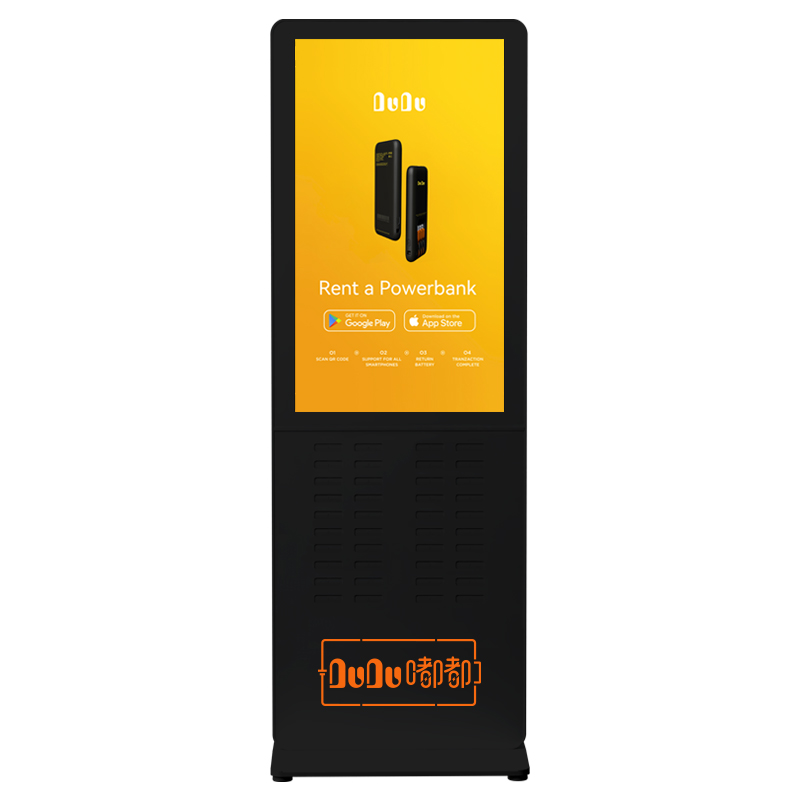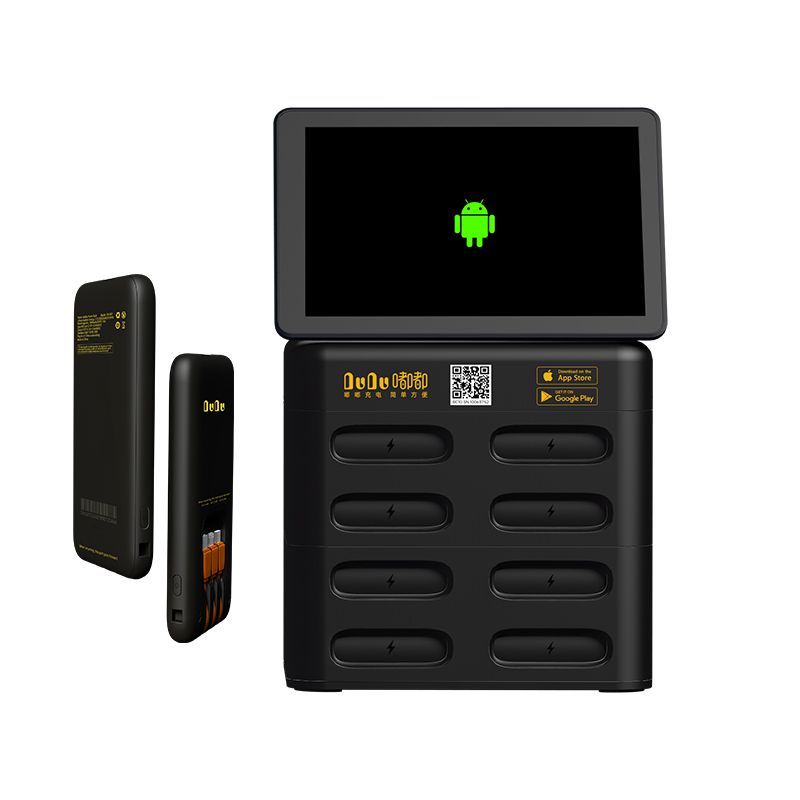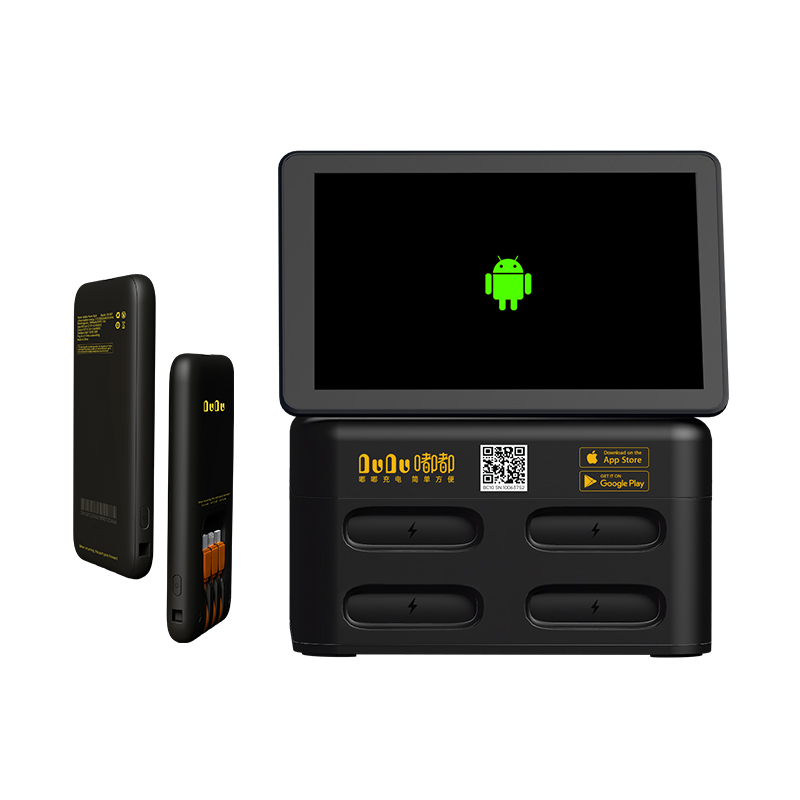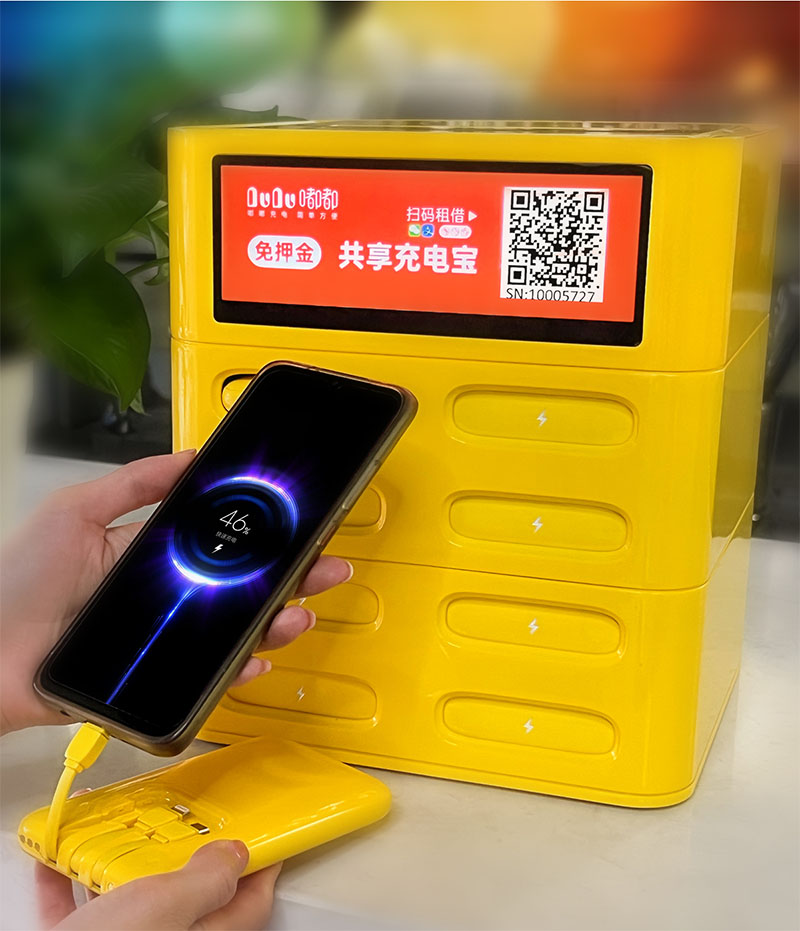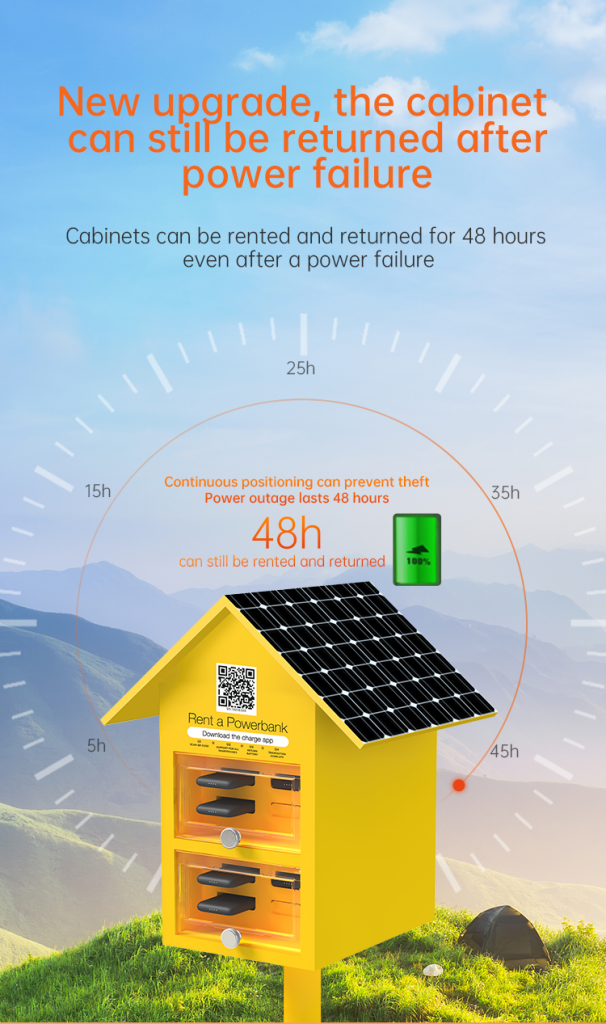Wide market prospects
With the popularization of electronic products such as smartphones, people’s demand for electricity is also increasing. In some public places, people often encounter the problem of low battery on their phones, and the shared power bank project perfectly meets this demand. The shared power bank project can not only reduce the cost of individual users purchasing power banks, but also make it easy for people to find the closest power bank and provide more convenient and efficient services.
Complex operation
The shared power bank project requires deploying power banks in various parts of the city and providing corresponding APP software to interact with users. It not only requires a large amount of investment, but also requires technical research and development and market promotion. In addition, various technical issues such as power bank operation and maintenance, battery monitoring, and malicious damage risk control are also required.
Intense industry competition
Although the market size of shared power bank projects is huge, competition in the market is also very fierce. Therefore, in order to occupy a place in the fierce market, the shared power bank project needs to increase investment in product quality, improve the quality of after-sales service, and create more attractive marketing activities.
The shared power bank project is a project with broad market prospects, but it also requires significant investment of funds and resources for operation and maintenance. At the same time, it is also necessary to cope with the pressure of industry competition, provide higher quality, convenient, and considerate services, in order to better gain market share and stable profits.
